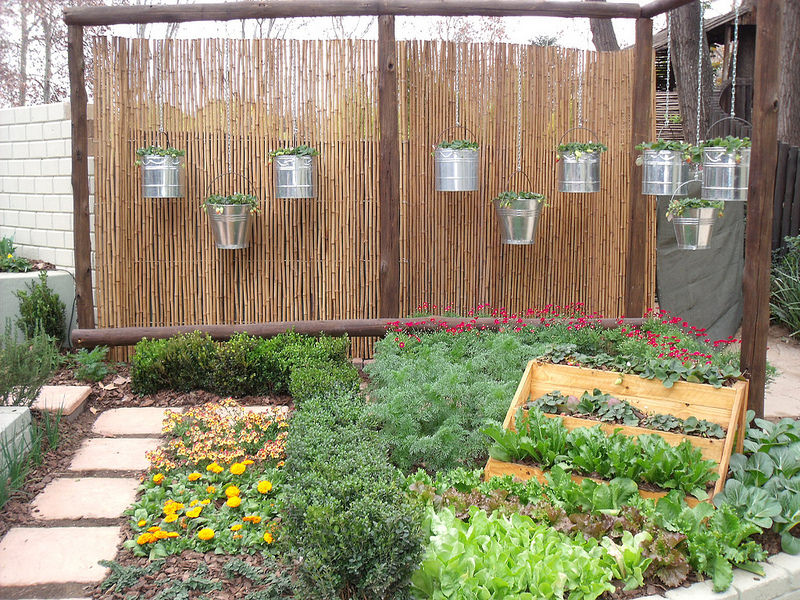In recent years, there has been a growing concern about the decline in pollinators such as bees, butterflies, and birds. These animals play a crucial role in the pollination of plants, which is essential for the reproduction of many fruits, vegetables, and flowers. Without pollinators, our food supply would be severely threatened.
One of the main reasons for the decline in pollinators is the loss of habitat due to urbanization, agriculture, and other human activities. As a result, it is up to us to take action to help these important animals survive and thrive. One way we can do this is by planting for pollinators.
Planting for pollinators involves creating a garden or landscape that provides food, shelter, and nesting sites for bees, butterflies, and birds. By choosing the right plants and creating a diverse and pollinator-friendly environment, you can attract and support these important animals.
Bees are one of the most crucial pollinators, responsible for pollinating a large portion of our food supply. There are thousands of species of bees, and they come in all shapes and sizes. Some bees are solitary, while others live in hives. Regardless of the species, bees all have one thing in common – they need nectar and pollen to survive.
To attract bees to your garden, it is important to plant a variety of flowering plants that provide nectar and pollen throughout the growing season. Bees are particularly attracted to plants with bright colors and strong fragrances, such as lavender, sunflowers, and bee balm. By planting a diverse range of flowers, you can ensure that bees have a constant source of food.
In addition to providing food, it is also important to provide shelter and nesting sites for bees. Many bees nest in the ground or in cavities, so leaving some areas of bare soil or creating a bee hotel can provide a safe place for bees to lay their eggs. By creating a pollinator-friendly environment, you can help support the bee population in your area.
Butterflies are another important pollinator that adds beauty and color to our gardens. Like bees, butterflies rely on nectar-rich flowers for sustenance. They are attracted to a wide range of flowers, but are particularly fond of plants like butterfly bush, butterfly weed, and milkweed.
To attract butterflies to your garden, it is important to plant a mix of host plants and nectar plants. Host plants are the plants that caterpillars feed on, while nectar plants provide food for adult butterflies. By providing both types of plants, you can support the lifecycle of butterflies and help them thrive in your garden.
In addition to providing food, it is also important to provide shelter for butterflies. Butterflies need places to rest and hide from predators, so planting dense shrubs, trees, and grasses can create a safe and inviting environment for these beautiful insects. By creating a butterfly-friendly garden, you can help support these important pollinators.
Birds are also important pollinators, particularly in regions where bees and butterflies are scarce. Many birds feed on nectar and insects, making them valuable pollinators for a wide range of plants. By planting a diverse range of flowers and providing food sources like bird feeders, you can attract birds to your garden and support their role as pollinators.
To attract birds to your garden, it is important to provide a mix of flowering plants, shrubs, and trees that offer food, shelter, and nesting sites. Plants like sunflowers, coneflowers, and salvia are particularly attractive to birds and provide a good source of nectar and seeds. By planting a mix of plants that provide food and shelter, you can create a welcoming habitat for birds in your garden.
In addition to planting for pollinators, there are other ways you can support bees, butterflies, and birds in your garden. Avoiding the use of pesticides, providing water sources like birdbaths and shallow dishes, and creating habitat features like log piles and rockeries can all help create a pollinator-friendly environment.
Planting for pollinators is not only beneficial for bees, butterflies, and birds, but it also adds beauty and biodiversity to your garden. By creating a pollinator-friendly environment, you can help support these important animals and ensure the health and sustainability of our food supply. So next time you plant a garden, consider the needs of pollinators and plant for bees, butterflies, and birds. Your garden – and the planet – will thank you.

